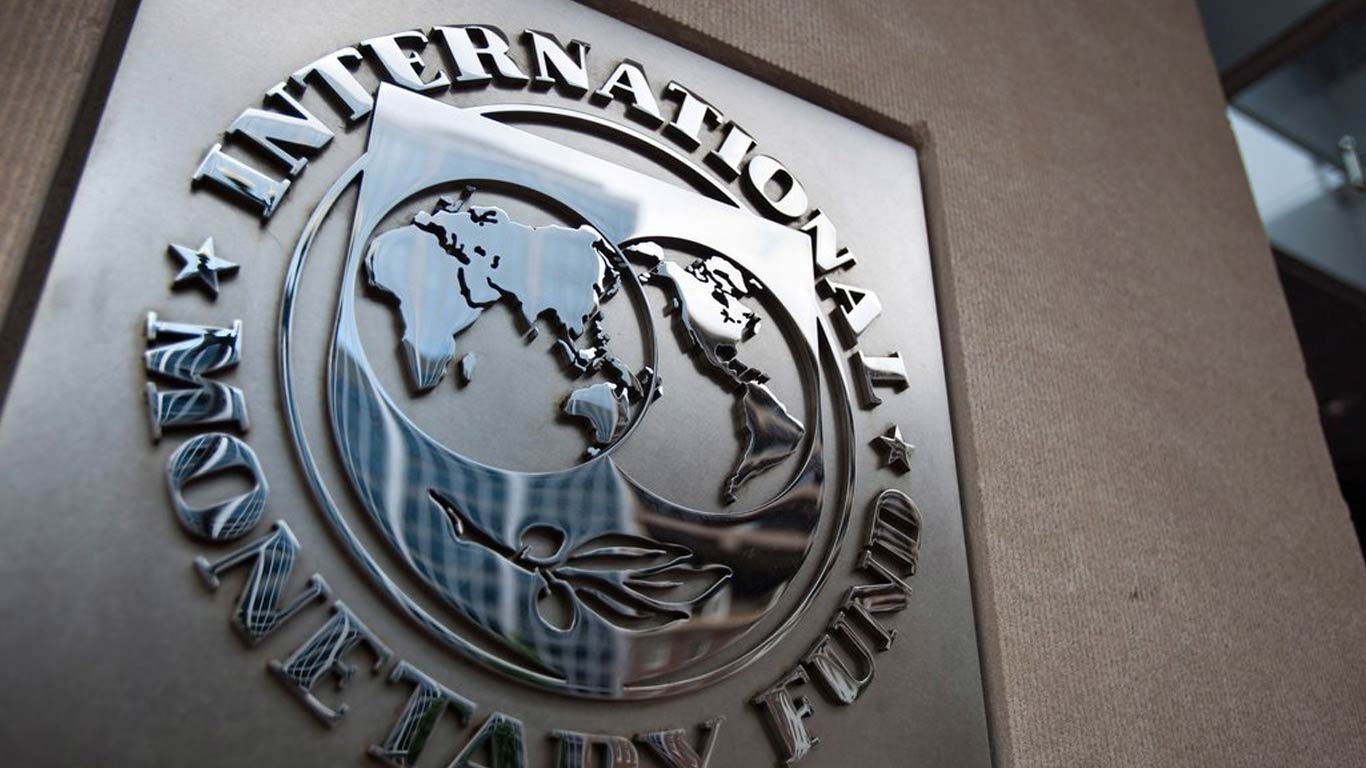RBI committee suggests 'Payment Banks' for SMEs
Updated: Jan 08, 2014 02:53:12pm

These banks would cater to low income households while ensuring that all citizens have bank accounts by 2016, according to an RBI discussion paper on Banking Structure in India, released yesterday.
The paper also discusses the need for differentiated banks as a way to increase the size and strength of the banking sector relative to the needs of the real economy.
RBI in September 2013 had set up a Committee on Comprehensive Financial Services for Small Business and Low Income Households, under the Chairmanship of Nachiket Mor, Member on the Reserve Bank’s Central Board of Directors.
“…the report overall makes a conscious effort to redress this imbalance and issues of risks and costs have been kept at the very centre of the discussions of each of the strategies for providing better access to financial services to small businesses and low income households,” the Committee said.
The panel advocated setting up of 'Payments Banks' to "provide payment services and deposit products to small businesses and low-income households" with a maximum balance of Rs 50,000 per customer.
These banks can be set up with minimum capital requirement of Rs 50 crore, one-tenth of the Rs 500 crore required for full-service bank.
The Committee, while laying down its vision statement for financial inclusion and deepening has recommended a few measures:
1. Sufficient Access to Affordable Formal Credit: By January 1, 2016, each low-income household and small-business would have ―convenient‖ access to formally regulated lenders that have the ability to assess and meet their credit needs, and offer them a full-range of ―suitable‖ credit products, at a ―affordable‖ price. By that date, each District and every ―significant‖ sector (and sub-sector) of the economy would have a Credit to GDP ratio of at least 10 per cent. This ratio would increase every year by 10per cent with the goal that it reaches 50 per cent by January 1, 2020.
2. Universal Access to a Range of Deposit and Investment Products at Reasonable Charges: By January 1, 2016, each low-income household and small-business would have ―convenient‖ access to providers that have the ability to offer them ―suitable investment and deposit products, and pay ―reasonable‖ charges for their services. By that date, each District would have a Total Deposits and Investments to GDP ratio of at least 15 per cent. This ratio would increase every year by 12.5 per cent with the goal that it reaches 65 per cent by January 1, 2020.
3. Universal Access to a Range of Insurance and Risk Management Products at Reasonable Charges: By January 1, 2016, each low-income household and small business would have ―convenient‖ access to providers that have the ability to offer them ―suitable‖ insurance and risk management products which, at a minimum allow them to manage risks related to: (a) commodity price movements; (b) longevity, disability, and death of human beings; (c) death of livestock; (d) rainfall; and (e) damage to property, and pay ―reasonable‖ charges for their services. By that date, each District would have a Total Term Life Insurance Sum Assured to GDP ratio of at least 30 per cent. This ratio would increase every year by 12.5 per cent with the goal that it reaches 80 per cent by January 1, 2020.
4. Right to Suitability: Each low-income household and small-business would have a legally protected right to be offered only ―suitable‖ financial services. While the customer will be required to give ―informed consent‖ she will have the right to seek Executive Summary and List of Recommendations legal redress if she feels that due process to establish Suitability was not followed or that there was gross negligence.
5. Universal Electronic Bank Account (UEBA): By January 1, 2016 each Indian resident, above the age of eighteen years, would have an individual, full-service, safe, and secure electronic bank account.
6. Ubiquitous Access to Payment Services and Deposit Products at Reasonable Charges: By January 1, 2016, the number and distribution of electronic payment access points would be such that every single resident would be within a fifteen minute walking distance from such a point anywhere in the country to allow residents to deposit and withdraw cash to and from their bank accounts and transfer balances from one bank account to another, in a secure environment, for both very small and very large amounts, and pay ―reasonable‖ charges for all of these services.
On definition of Non-Banking Finance Companies (NBFCs), the Committee has recommended only two categories - one for core investment companies and another category for all other NBFCs. The Committee has advocated regulatory convergence between banks and NBFCs based on the principle of neutrality with regard to classification of non-performing assets and the Securitisation and Reconstruction of Financial Assets and Enforcement of Security Interest (SARFAESI) Act, 2002 eligibility.
It has also suggested that a State Finance Regulatory Commission (SFRC) be created into which all the existing State Government-level regulators could be merged and functions like the regulation of Non-Government Organisations-Micro Finance Institutions and local Money Services Business could be added on.
Further, the Committee wants the Reserve Bank to issue regulations on suitability, applicable specifically for individuals and small businesses, to all regulated entities within its purview so that the violation of such regulations would result in penal action for the institution as contemplated under the relevant statutes through a variety of measures, including fines, cease-and-desist orders, and modification and cancellation of licences.
The panel also suggested that the Aadhaar card be used automatically while opening a bank account.
RBI is currently sifting through the application of 25 companies to get into the banking fray for which one of the key eligibility criteria is their vision for financial inclusion.
The Mor panel report said there is a need for relook at the farm sector credit activities and suggested abolition of interest subventions and loan waivers.
The government should rather distribute the benefits directly to farmers, it said, adding that the banks should do away with the system of lending below their respective base rates to the farm sector.
The Reserve Bank of India (RBI) has sought public comments on its report on the Comprehensive Financial Services for Small Business and Low Inome Households.
On priority sector, the Committee has recommended Adjusted Priority Sector Lending Target of 50 per cent against the current requirement of 40 per cent with sectoral and regional weightages based on the level of difficulty in lending.
According to the report, an estimate suggests that close to 90 per cent of small businesses have no links with formal financial institutions and 60 per cent of the rural and urban population do not even have a functional bank account. And, while the bank credit to GDP ratio in the country as a whole is a modest 70 per cent, in a large state such as Bihar, it is even lower at a mere 16 per cent.
“This has left a large part of the economy dependent on the informal sector for meeting its credit needs,” the report said.
It is clear that the demand for high-quality formal financial services is not a constraint – there is robust and visible demand for a wide range of financial services by small businesses and low-income households combined with a willingness to pay for them, it said.











